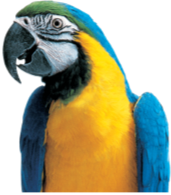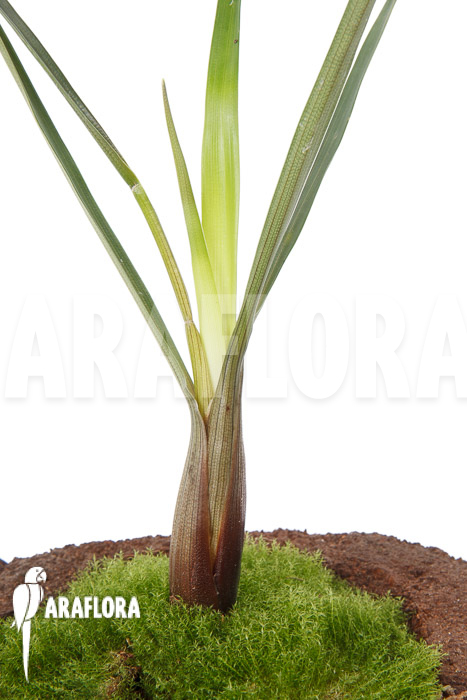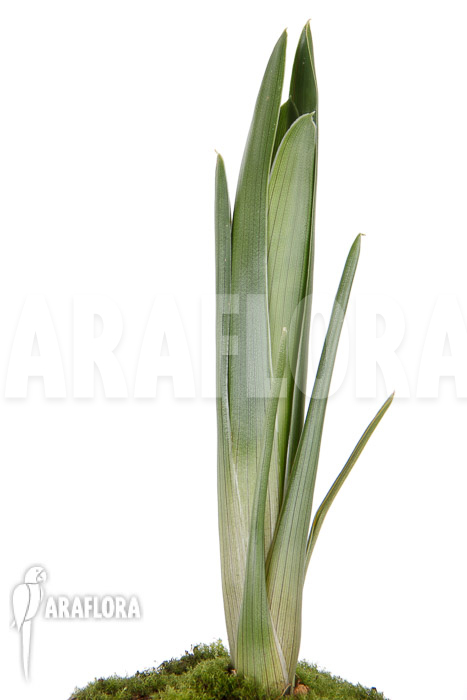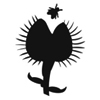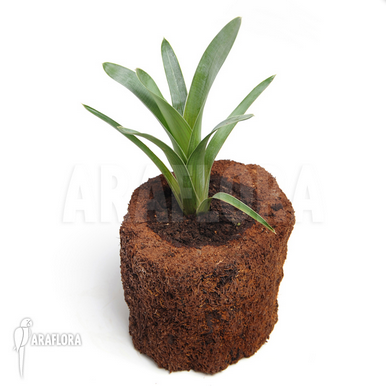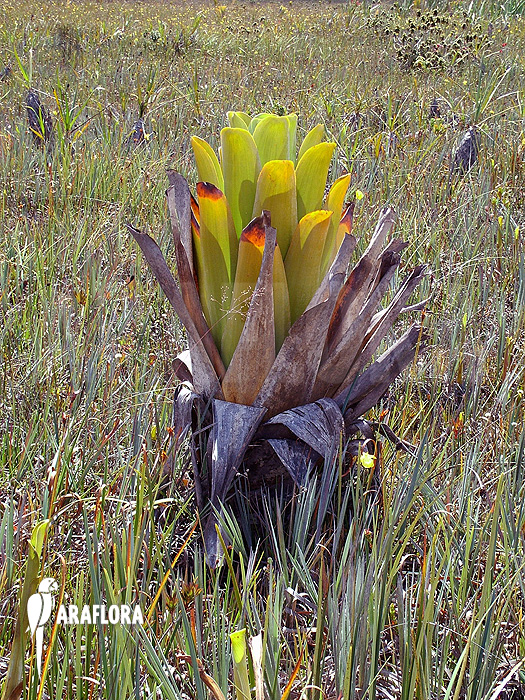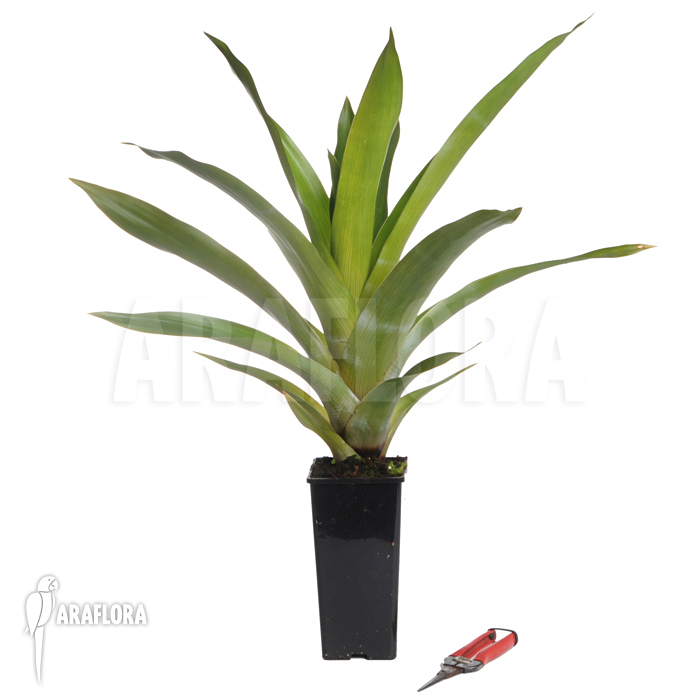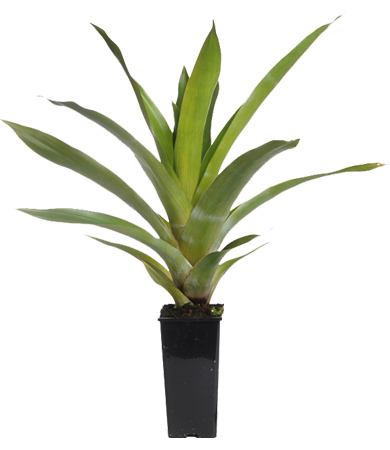
Most bromeliads are known for their stunning foliage and ability to retain water, but Brocchinia reducta, Brocchinia hechtioides, and Catopsis berteroniana are unique among their family—they are carnivorous plants. These remarkable species have adapted to nutrient-poor environments, using their specialized leaves to trap and digest insects.
7 products found
 Price range
Price range
 Price range
Kies het prijsniveau dat uw voorkeur heeft.
Price range
Kies het prijsniveau dat uw voorkeur heeft.
 Care
Care
 Care
Kies hier het type verzorging dat uw voorkeur heeft.
Care
Kies hier het type verzorging dat uw voorkeur heeft.
 Place
Place
 Place
Kies hier het type standplaats dat uw voorkeur heeft.
Place
Kies hier het type standplaats dat uw voorkeur heeft.
 Light
Light
 Light
Kies hier het type licht dat uw voorkeur heeft.
Light
Kies hier het type licht dat uw voorkeur heeft.
 Watering
Watering
 Watering
Kies hier welk type watergift uw voorkeur heeft
Watering
Kies hier welk type watergift uw voorkeur heeft
Plant soort
Groeiwijze
At Araflora, we offer a selection of carnivorous bromeliads for sale, ideal for collectors who want to explore these rare and fascinating plants.
How Do Carnivorous Bromeliads Capture Their Prey?Brocchinia reducta & Brocchinia hechtioides
These species grow on the sandy plains of Venezuela and have developed a vertical rosette of tightly packed leaves, forming a natural water-filled container. The leaves are coated with a waxy, slippery surface that prevents insects from escaping once they fall in.Brocchinia bromeliads are also yellow, a color highly attractive to insects. Once trapped in the water-filled rosette, the insects drown and decompose, releasing nutrients that the plant absorbs to survive in its nutrient-deficient habitat.
Catopsis berteroniana
This carnivorous bromeliad uses a slightly different strategy. Found in similar environments, it produces a strong honey-like scent, which lures insects toward its trap. Like Brocchinia, its leaves form a slippery, water-filled structure, ensuring that prey is captured, drowned, and digested.
Brocchinia reducta and Catopsis berteroniana Plant Care – How to Grow Carnivorous Bromeliads
These plants are low-maintenance and can thrive both in terrariums and outdoor setups under the right conditions.
Brocchinia reducta and Catopsis berteroniana: Light Requirements
Prefer bright, indirect sunlight but can tolerate some direct sun.Can be grown under artificial grow lights in a controlled terrarium.
Brocchinia reducta and Catopsis berteroniana: Water & Humidity
Require high humidity to mimic their natural habitat.Keep the central water reservoir filled with rainwater, distilled water, or reverse osmosis water.
Brocchinia reducta and Catopsis berteroniana :Soil & Potting Mix
Grow best in a well-draining, nutrient-poor mix of sphagnum moss, perlite, and sand.Avoid using standard potting soil, as it contains too many nutrients.
Brocchinia reducta and Catopsis berteroniana: Temperature & Environment
Thrive in warm temperatures between 20-30°C (68-86°F).Can be kept in high-humidity terrariums or tropical greenhouse environments.
Why Add Carnivorous Bromeliads to Your Collection?
Brocchinia and Catopsis are among the most unusual carnivorous plants, combining the classic bromeliad structure with insect-trapping adaptations. Whether you're an experienced grower or a beginner looking for something exotic, these plants offer a unique glimpse into the evolution of carnivory in the plant world.
At Araflora, we offer rare and cultivated carnivorous bromeliads for sale. Order today and discover the incredible adaptations of these tropical hunters!



